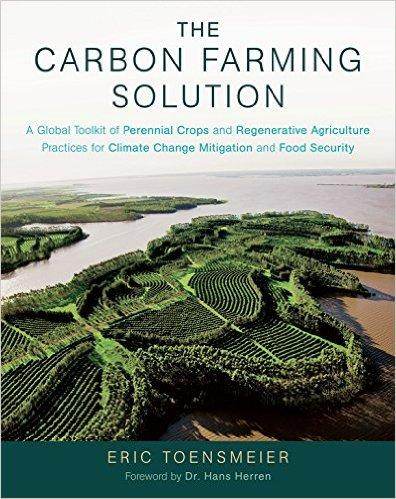





How permies.com works
What is a Mother Tree ?
 2
2











 3
3




France Zone 7a 1025mm rain, 1900 sunshine hours.





Living in Anjou , France,
For the many not for the few
http://www.permies.com/t/80/31583/projects/Permie-Pennies-France#330873











 1
1




To many of us... the term homegarden just sounds like a "home garden." In the Western world this may evoke lawns, flowers, and perhaps annual vegetables, but as used here it signifies the tropical multistrata tradition-an ancient and highly sophisticated form of agroforestry. ...
...In the permaculture movement they are known as food forests, forest gardens, and edible forest gardens.











 as well as fruit and veg ( in France they are called Jardain Familial )
as well as fruit and veg ( in France they are called Jardain Familial )
Living in Anjou , France,
For the many not for the few
http://www.permies.com/t/80/31583/projects/Permie-Pennies-France#330873




David Livingston wrote:An allotment is not the same as a garden . Originally in the UK it referred to an Allotment of land that was supposed to enable a person to grow veg and fruit to feed their family . Ok some folks just grow flowers but most grow just veg but others are in effect what folks here would call a forest garden with a mixture of fruit veg ,bees , chickens , rabbits , pigeons I even know of a case in France where 5 allotment holders pooled resources and had a cow in common
as well as fruit and veg ( in France they are called Jardain Familial )
David











Seeking a long-term partner to establish forest garden. Keen to find that person and happy to just make some friends. http://www.permies.com/t/50938/singles/Male-Edinburgh-Scotland-seeks-soulmate




Neil Layton wrote:Judging by the way Toensmeier describes it, the homegarden (one word) would be the tropical equivalent of the temperate food forest. The food forest would be a temperate homegarden.











Seeking a long-term partner to establish forest garden. Keen to find that person and happy to just make some friends. http://www.permies.com/t/50938/singles/Male-Edinburgh-Scotland-seeks-soulmate
 4
4




 , towards the more intensive small-scale end of that category.
, towards the more intensive small-scale end of that category.
Author 'Perennial Vegetables', co-author 'Edible Forest Gardens'.
Website - http://www.perennialsolutions.org/




Seeking a long-term partner to establish forest garden. Keen to find that person and happy to just make some friends. http://www.permies.com/t/50938/singles/Male-Edinburgh-Scotland-seeks-soulmate

|
F is for finger. Can you stick your finger in your nose? Doesn't that feel nice? Now try this tiny ad:
Play Your Way to a Sustainable Lifestyle: Uncover Permaculture Principles with Each Card
https://gardener-gift.com/
|









